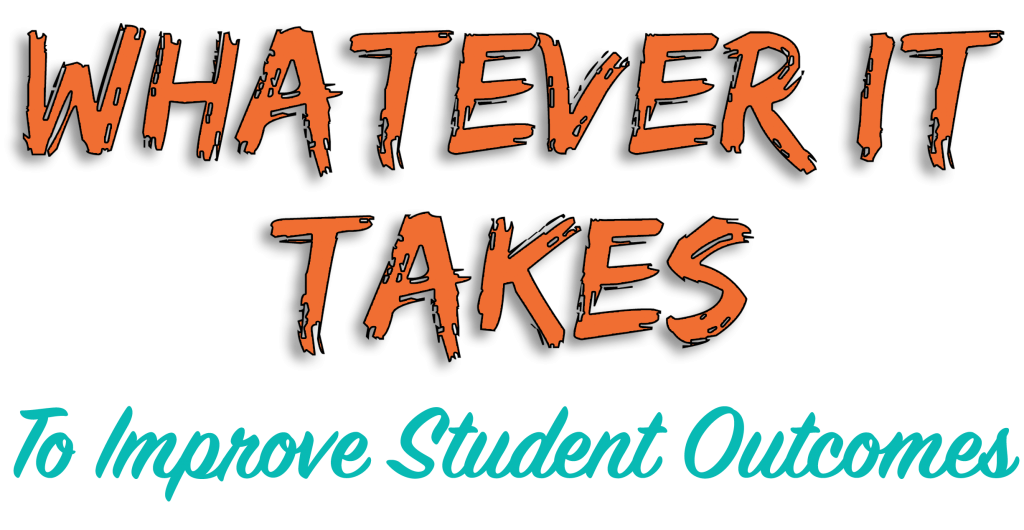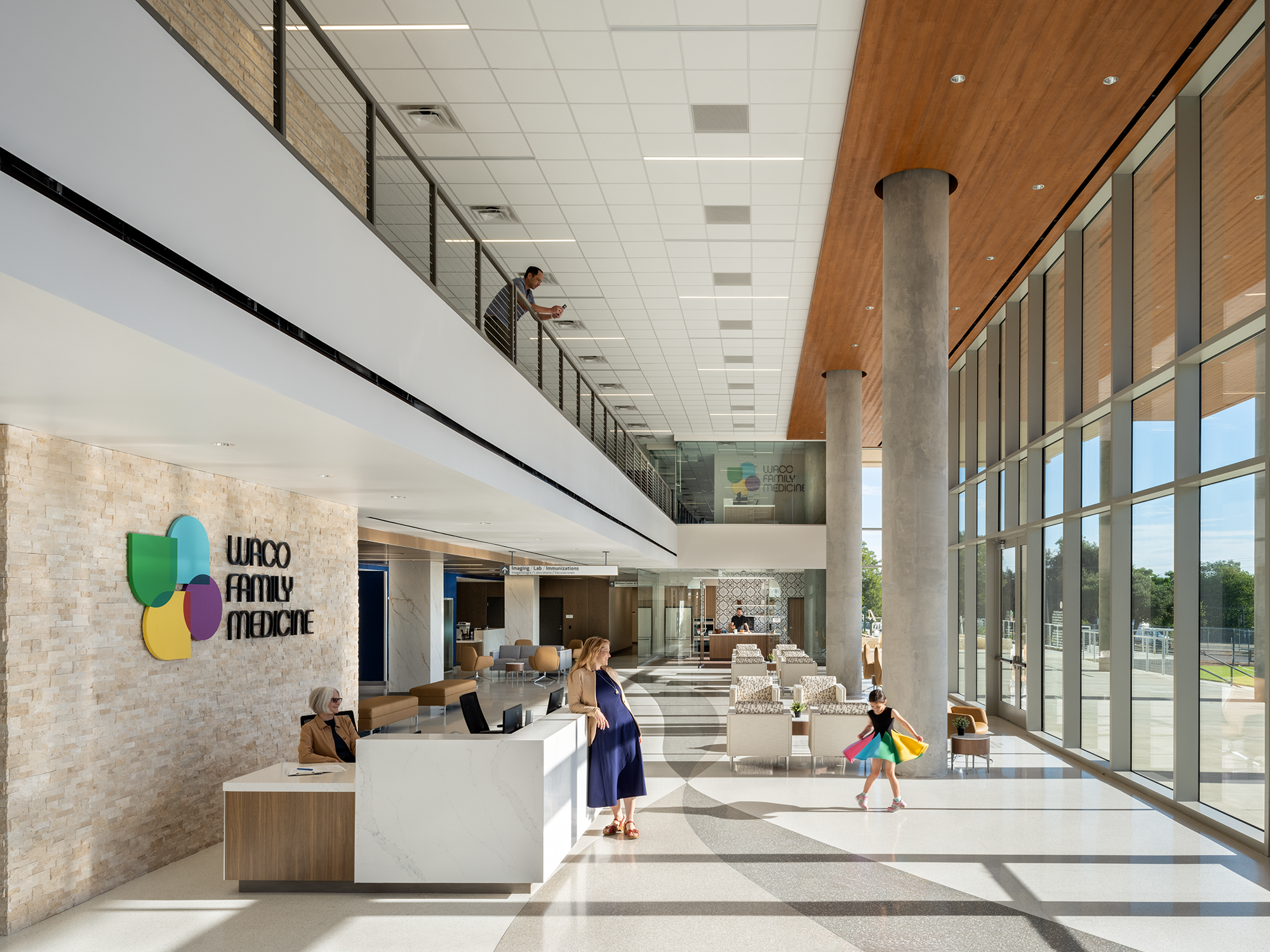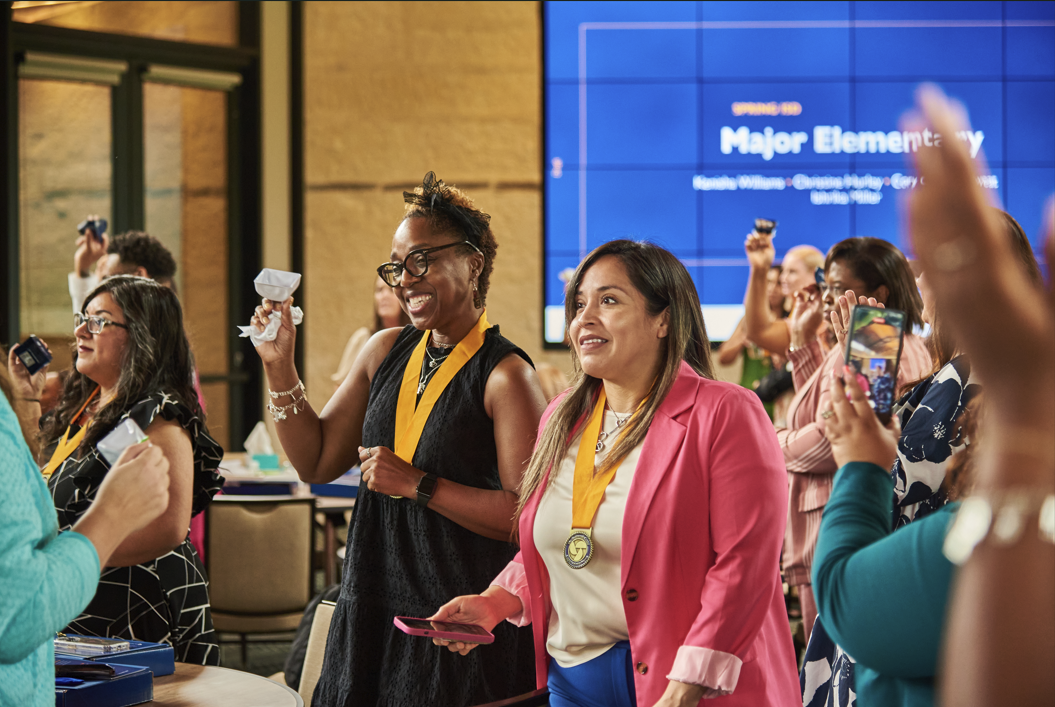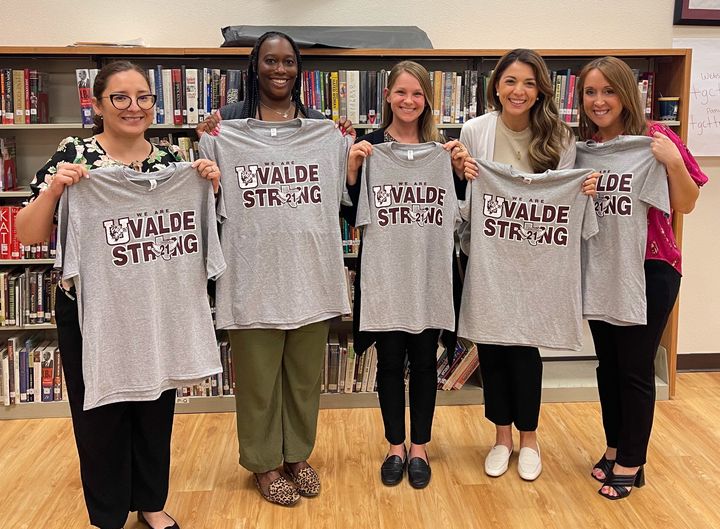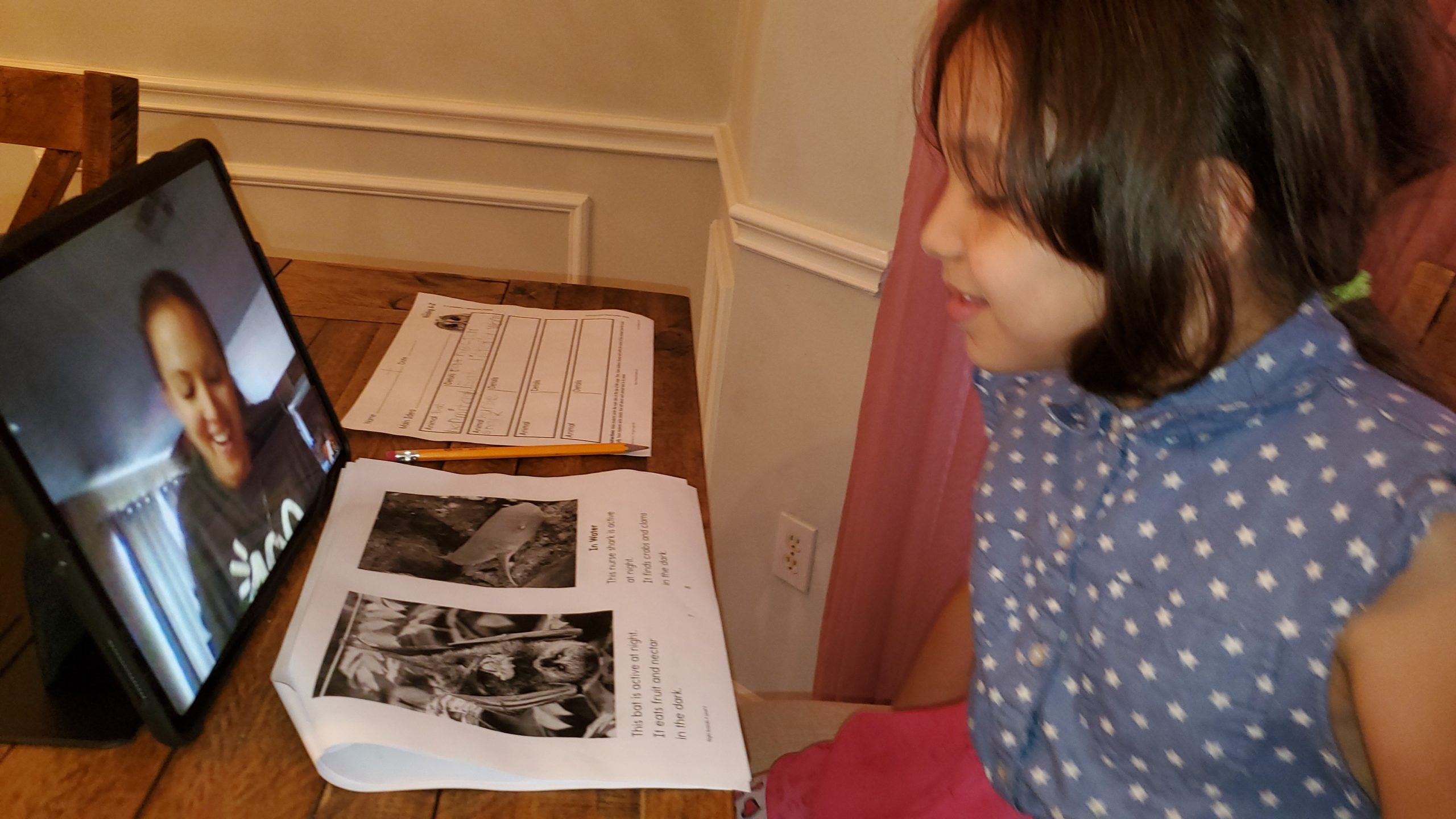
Moody Grant Recipient: Galveston ISD
Tell us about the relationship between Galveston ISD and the Moody Foundation.
The Moody Foundation and GISD have a long history of working together to improve student outcomes. We are overwhelmed by the generosity and outpouring of support we have received over the years in the way of monetary assistance and much needed supplies and materials that enhance classroom learning. The Moody Foundation has undoubtedly had a hand in raising the bar for academic success in Galveston. “We are forever grateful to the Moody Foundation for its ongoing support of quality education throughout the community,” remarks Superintendent Dr. Kelli Moulton.
How is the Foundation’s recent grant to GISD helping to bridge the digital divide with the return of school?
The nearly $2 million donated to GISD will enable us to provide a district-issued computer device to every student and enable each of them to connect to the internet. This grant has allowed us to purchase 3,000 computer devices and 1,200 Wi-Fi hotspots. With the purchase of this equipment, we will become a 1:1 district, meaning we are able to provide a computer device (with internet access) to each of the 7,000 students enrolled in in the district.
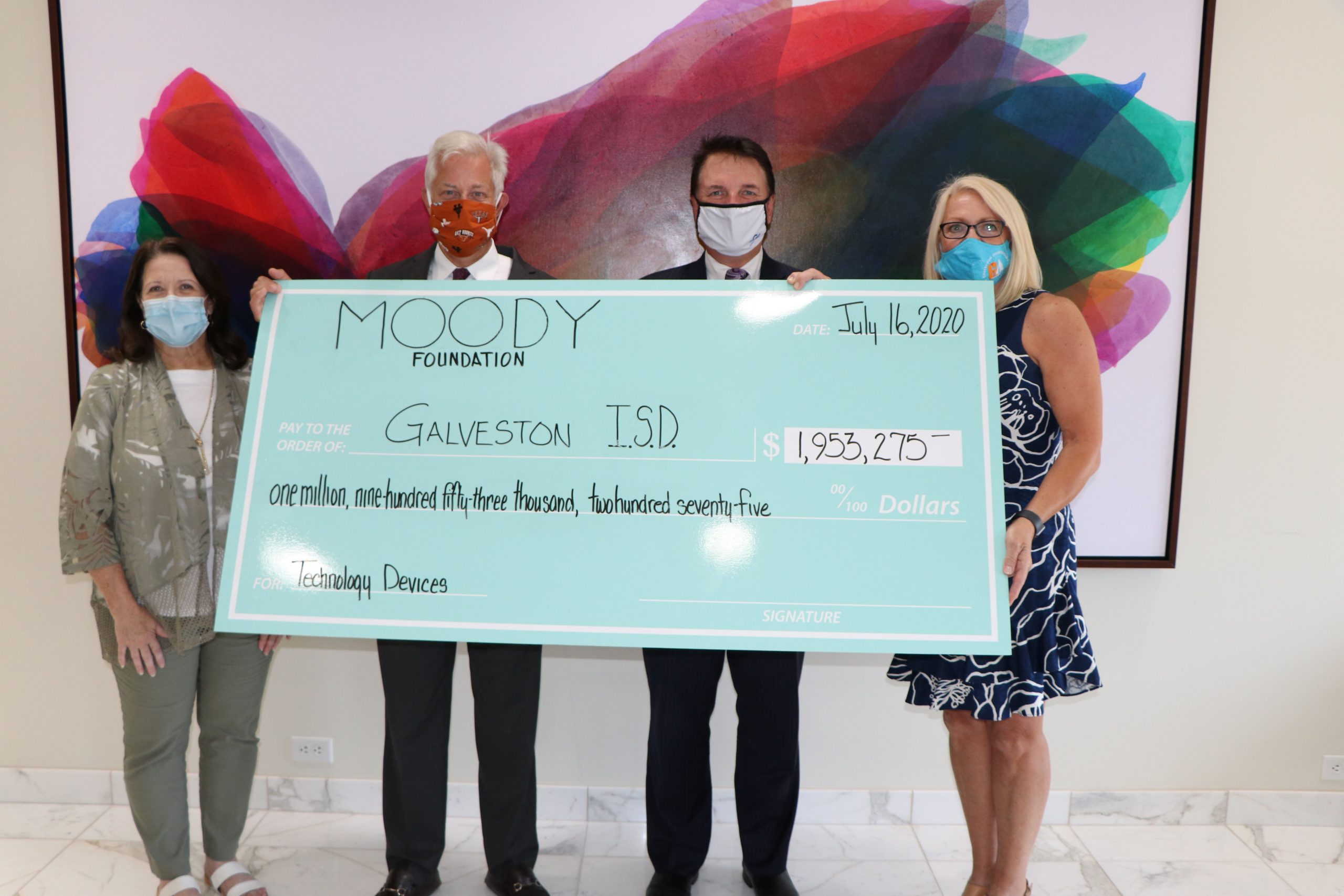
Check presentation for the Moody Foundation’s grant to GISD. (From left to right: Moody Foundation Education Director Angela Blair, Moody Foundation Trustee Ross Moody, GISD Board of Trustees President Tony Brown and GISD Superintendent Dr. Kelli Moulton)
What percentage of GISD students lack adequate access to the internet and/or computers at home?
We estimate that about 17% (1,200) students are without internet access and about 42% (3,000) students need a district-issued computer device. The recent grant from the Moody Foundation will help fill these gaps so every student will have equal access to these resources.
What does the Moody Foundation’s grant mean to GISD students and their families?
There were countless families that were wondering what they would do in the fall if online learning was necessary district-wide. When we reassured them that the Moody Foundation had once again stepped up and completely met our needs, a collective sigh of relief was released by all. This grant means that those students who were most at risk for a substantial learning loss will now be able to connect with their teachers virtually if onsite learning is not able to take place. It’s a game-changer!
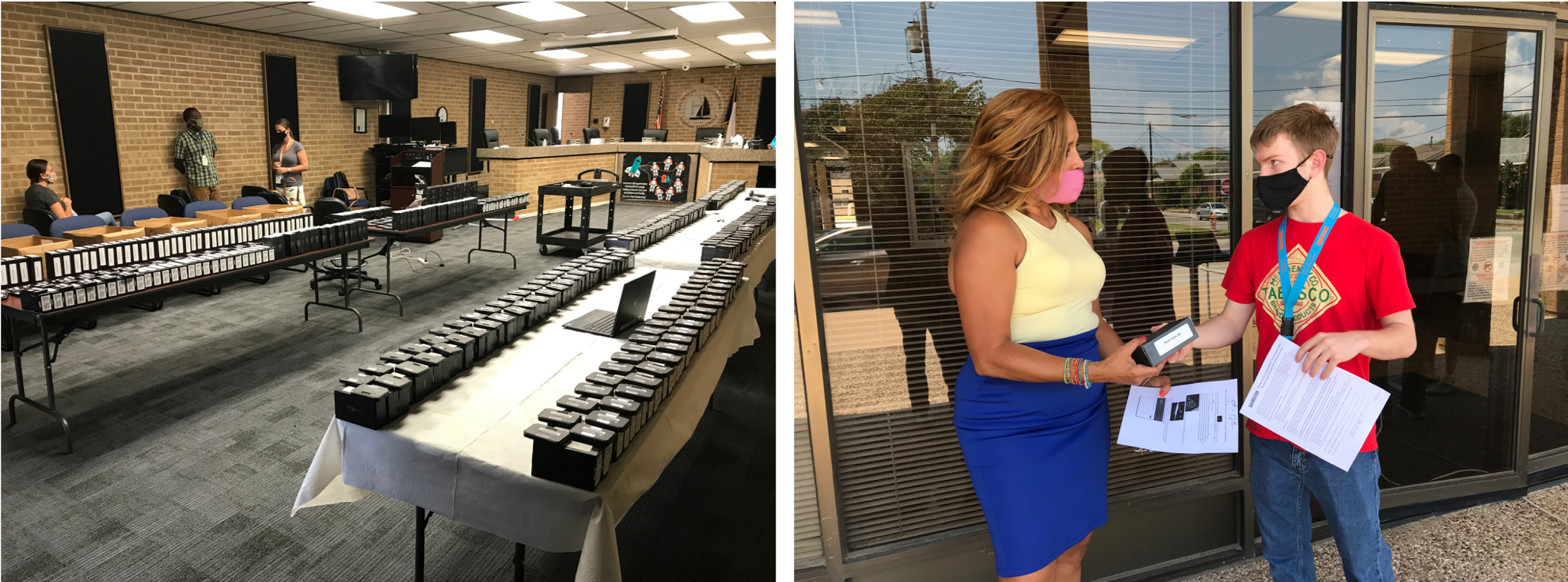
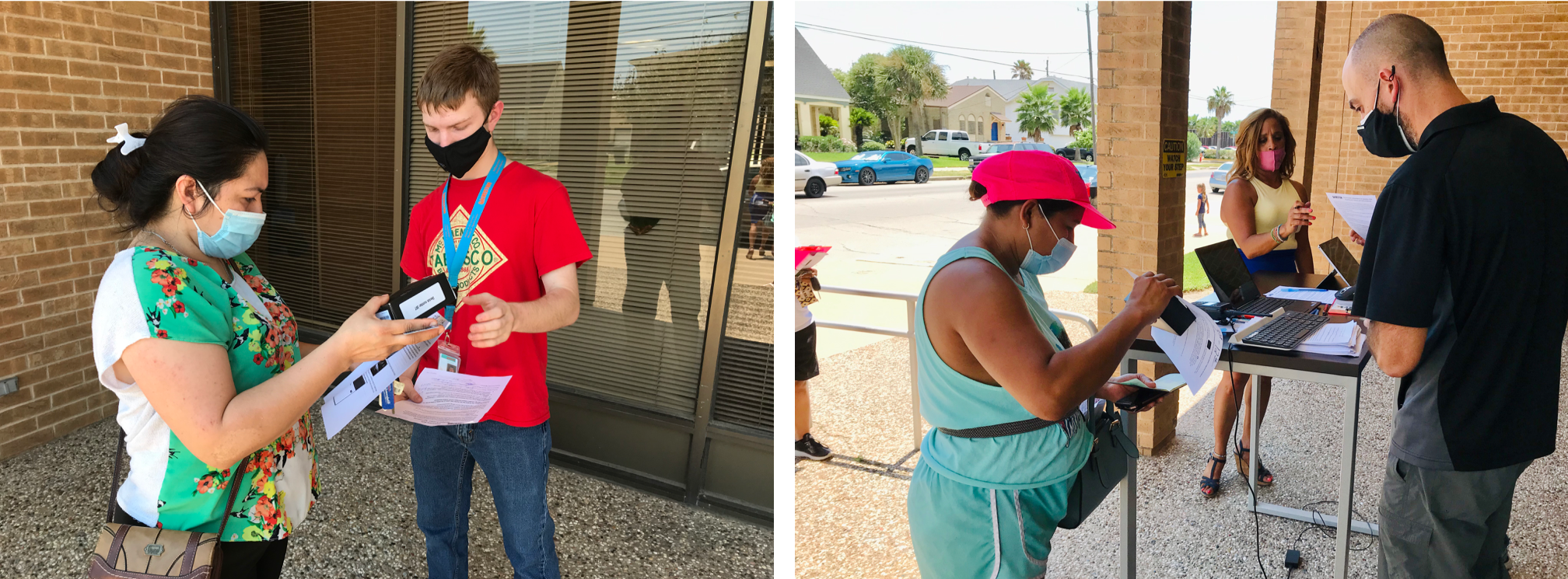
GISD distributing Wi-Fi devices, purchased by the Moody Foundation grant, to families before the first day of school
Can you share more about GISD’s two learning models for the fall – SAIL remote and traditional onsite learning?
This fall, GISD will be implementing two learning models – SAIL remote learning and the traditional onsite learning. Knowing that families have different comfort levels with returning back to school physically, we knew that we had to also develop a fully virtual option. Before the first day of school, we had approximately 30% of student commit to the SAIL remote learning program. We take pride in listening to the needs of our community and doing whatever it takes to meet those needs.
How is the district accommodating for potential challenges with these two different learning models?
Each will have its own set of challenges. The onsite option will be a new experience with social distancing, required face coverings at all times, frequent sanitation efforts and the adjustment to a contactless social environment that is still geared towards quality education. The adjustments could pose a social and emotional challenge for some students, and we are prepared for that.
Our SAIL remote learning teachers are also GISD teachers. The SAIL program will be in lock-step with the onsite program, using the exact same curriculum and standards. A big challenge to the remote learners will be the self-motivation and parental encouragement needed to stay on pace with the curriculum. Attendance will be counted and live interaction with teachers will take place. Of course, nothing quite replaces face-to-face interactions so staying engaged will be key for those remote learning students. Later, if students become more comfortable, they will have the option to seamlessly transition from one program to the other.
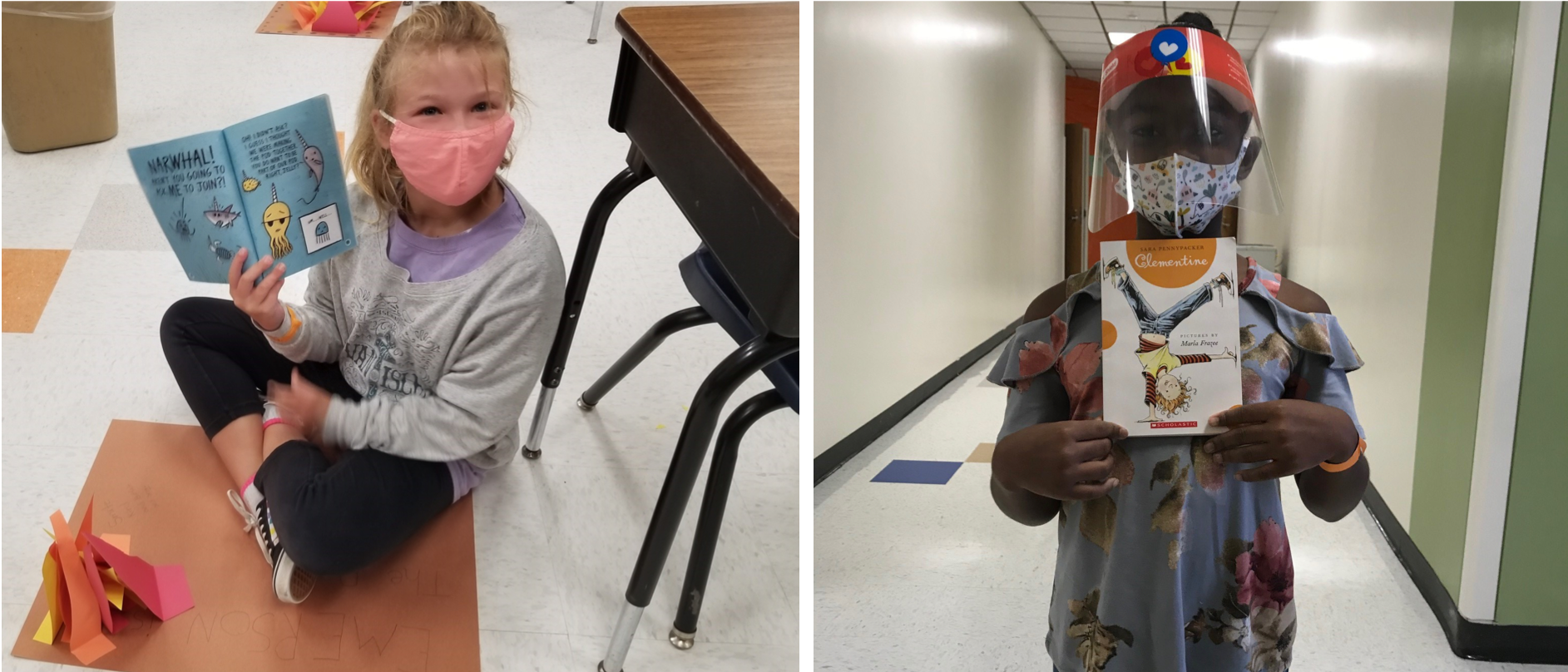
Burnet Elementary School students returning back to school
How can GISD continue to improve virtual learning and encourage engaged students?
The emergency situation in the spring taught us a lot. Since then, we have developed a full curriculum that will be consistent across the district at all grade levels. We have established a uniform platform that will be the delivery system for all campuses. We will have more opportunities for real-time synchronous instruction and better accountability measure to ensure the students are staying engaged. We had time to get all of our teachers on the same page and develop plans and procedures that will enhance and encourage sustainable learning habits.
What are the key takeaways for the upcoming 2020-2021 school year?
At a time when we are keeping our distance and “staying apart,” the Galveston community has come together in a unified effort to make sure our children receive the best education possible despite the current conditions. We have proven to ourselves that we will truly do “Whatever it Takes” as district employees to follow through with our commitment to improving student outcomes. We developed an online enrollment procedure in three months instead of three years; created a fully remote campus over the summer that will be home to more than 2,000 students; transformed our campuses to equip them with appropriate health and safety measures; and communicated with the public through new websites, social media engagements, virtual town halls, informative videos, and direct email, text, and phone calls to our parents and staff to keep them informed and invite their feedback. In a lot of ways, the pandemic has fast-forwarded our agenda on some major goals and objectives that would’ve otherwise taken longer to bring to fruition. We have been propelled and motivated to accomplish things that will have long-term benefits for our students long after the pandemic subsides.
